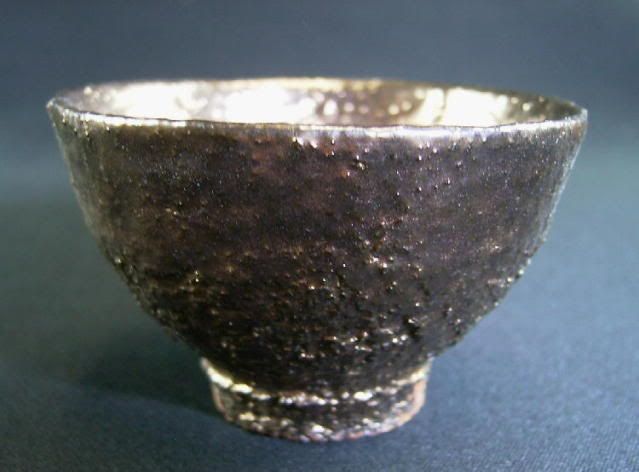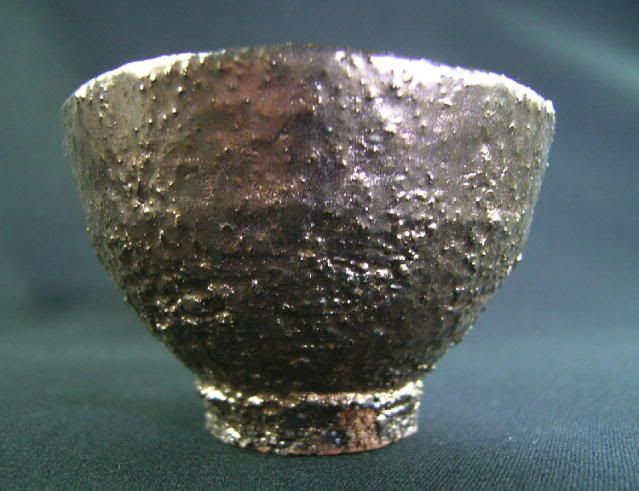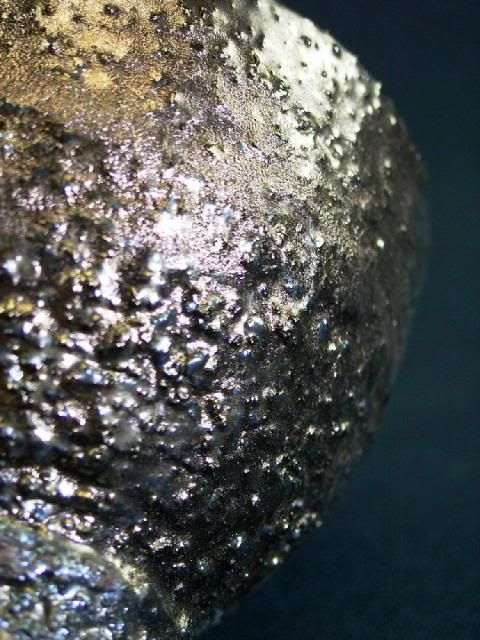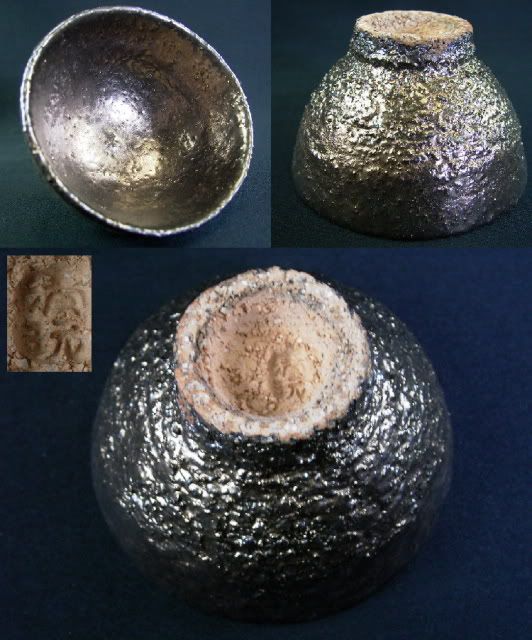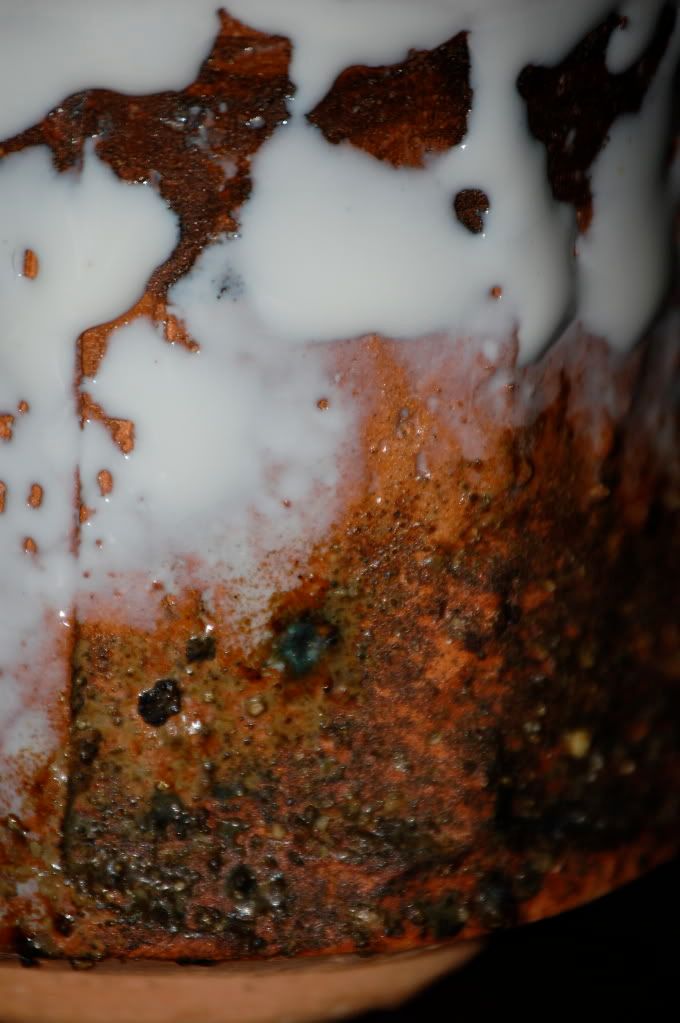Hi all,
As soon as I saw this topic, I immediately had to reply. To put it simply, I love Hagiyaki! In the world of Japanese pottery, it ranks second (the first being Rakuyaki) and for centuries has been traditionally associated with tea and tea ceremonies ("chado"). Hagiyaki is synonymous with tea and chado, and many Japanese consider its "wabi-sabi" nature extremely beautiful.
I lived in Western Japan for a few years in my early 20's, and it was there where I first discovered Hagiyaki. If you speak to any Japanese person who knows a bit about tea, and mention Hagiyaki, they will immediately what you're talking about. Yes, Hagiyaki can be expensive (having collected so many pieces), but they are something which will last a lilfetime.
In some cases, some tea ceremony wares can even be an investment, like the chawan, for example, for which I have about 20 in my collection so far, some of which cost thousands of dollars.
My favourite artists would have to be Kaneta Masanao and his father Kaneta Sanzaemon VI, who make very different styles of Hagiyaki, but equally just as beautiful. I do own a chawan by Kaneta Sanzaemon VI, and it is divine. It came with a "mei" (title) called "correct mind", which was blessed by a monk from the Tokoji temple in Hagi.
I can understand the frustration or concern some people may have about the "porosity" of Hagiyaki, but that is the nature of the clay, and so one must "cure" it 2-3 times before using it.
Furthermore, with more and more use, the "crackling" of the glaze will change over time, giving Hagiyaki its most prized feature. This phenomenon in Japanese is called "nana bake no hagi", which translates roughly as "The Seven Changes of Hagi", meaning that over its lifetime, Hagiyaki will develop many changes and characteristics.
I might post some pics of my Hagiyaki at a later stage.
Anyway, I just had put my two cents worth into this topic.
Thanks for reading!

